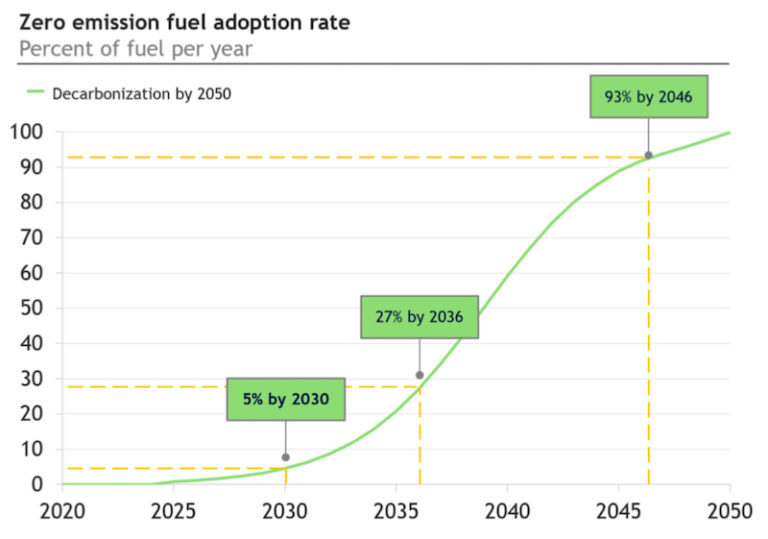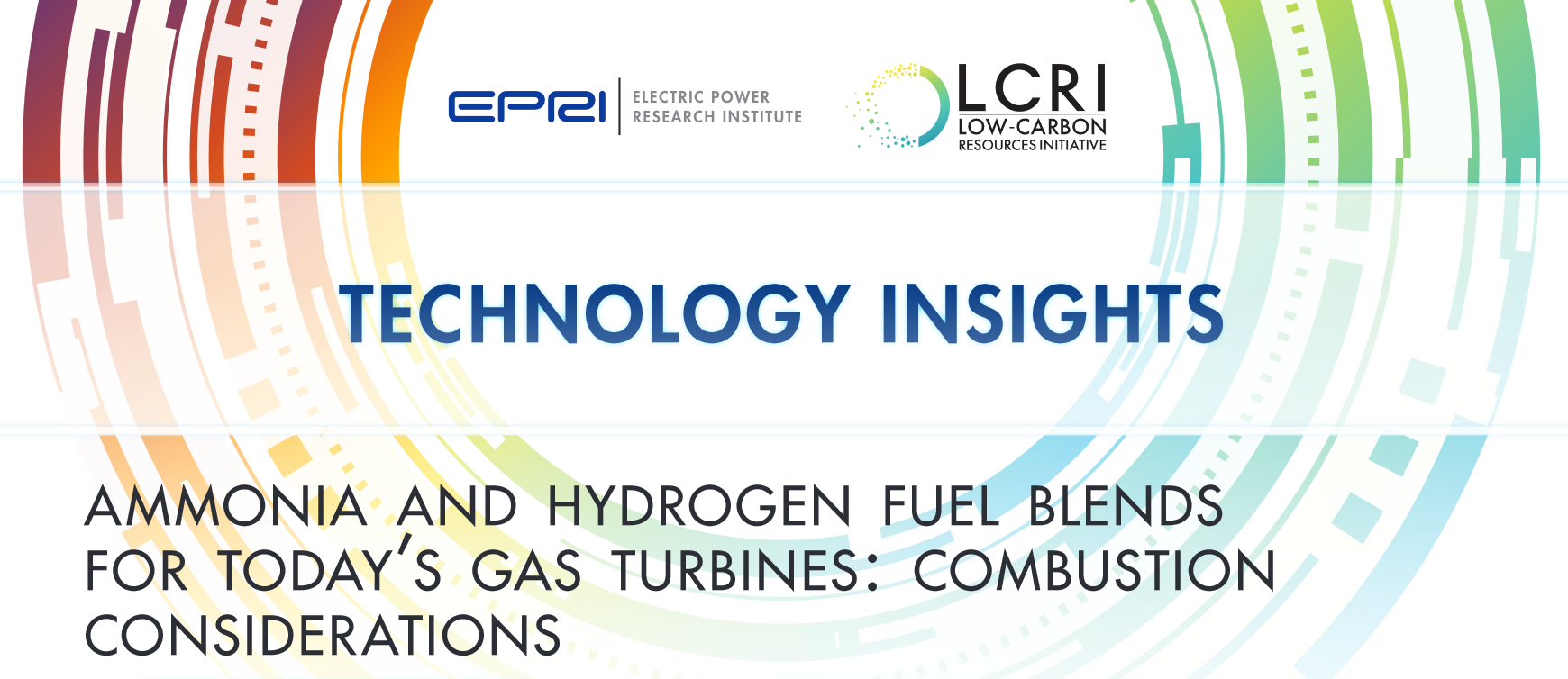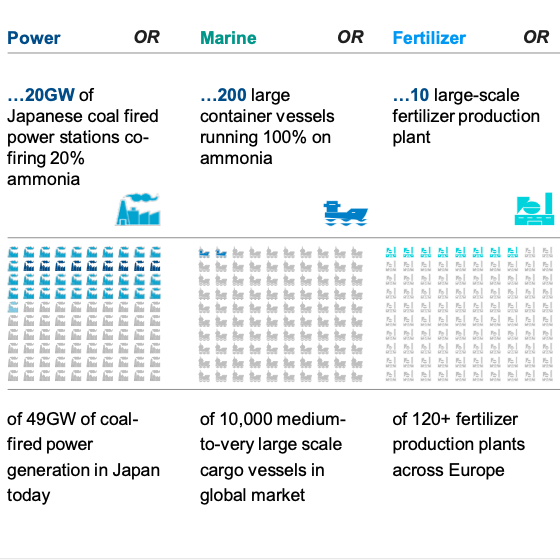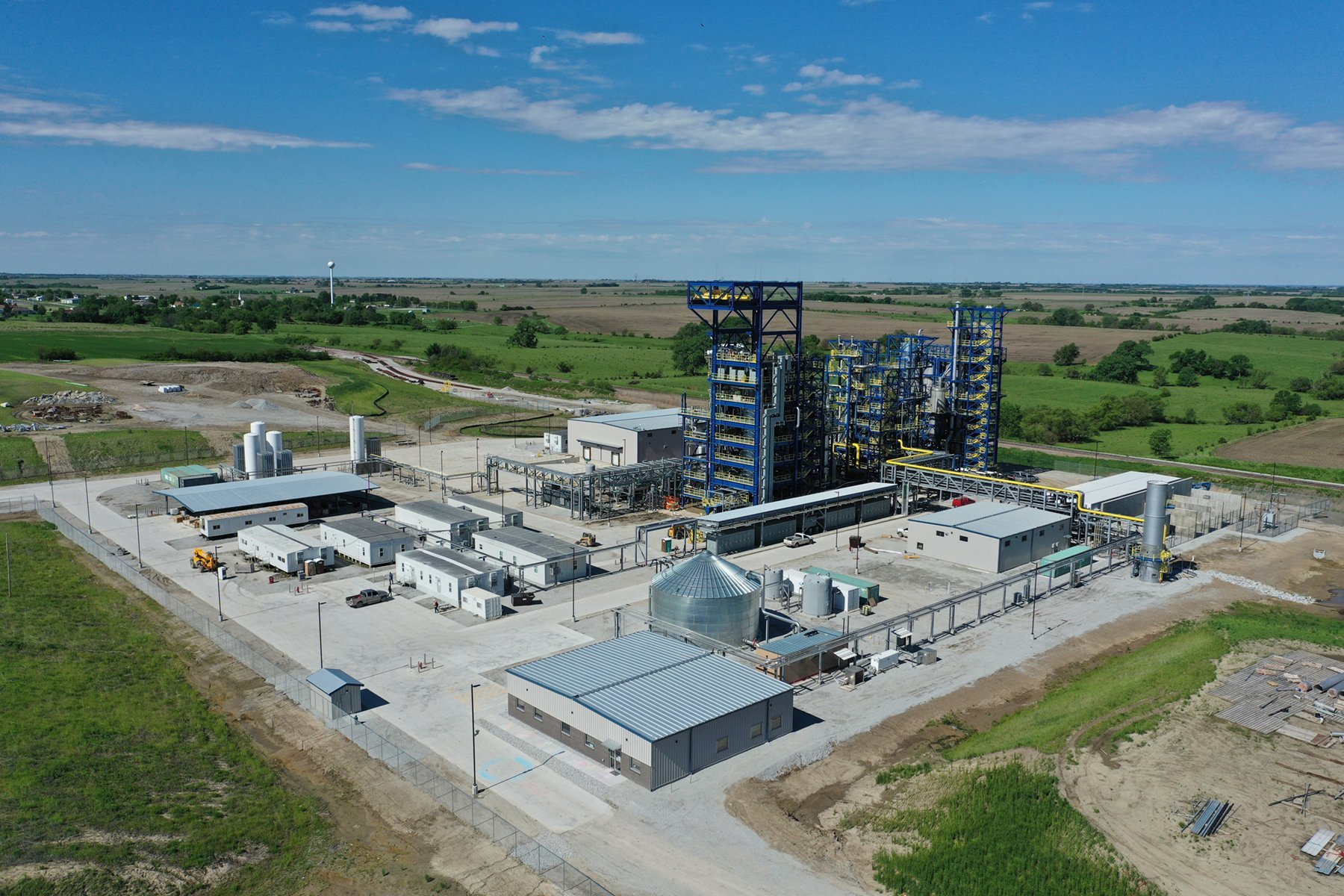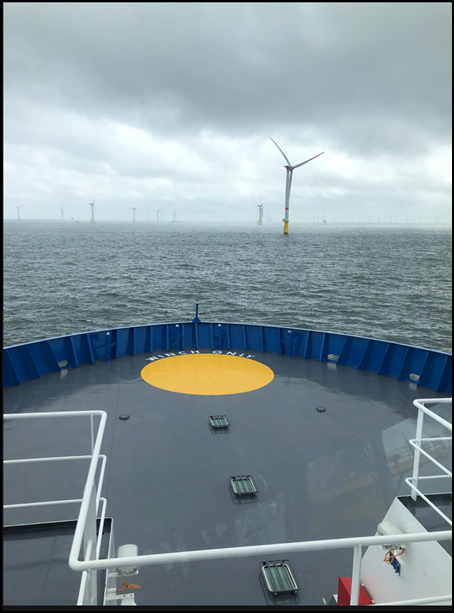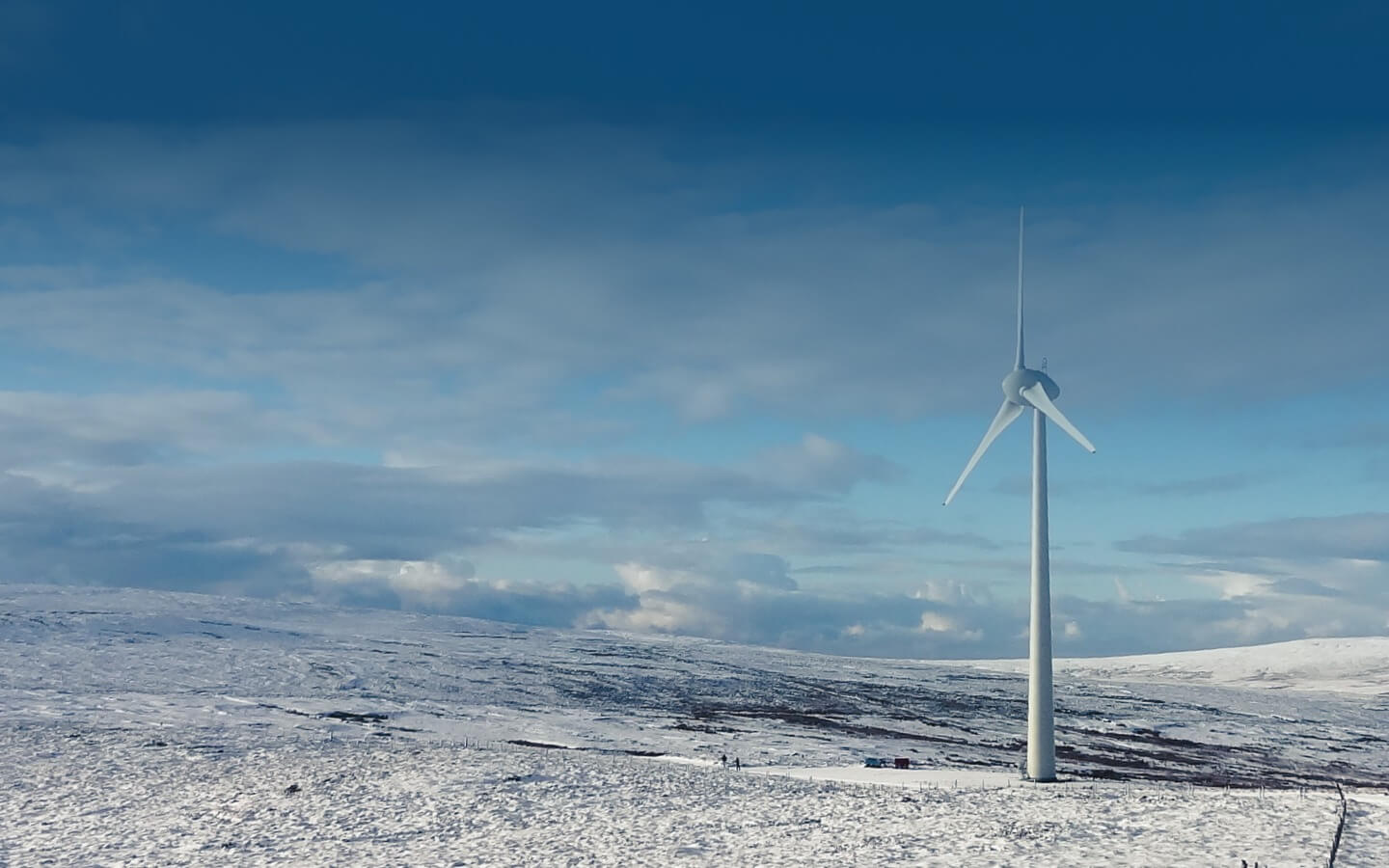Ammonia Energy Live March 2021: event wrap
Last week we presented the second episode in our monthly webinar series: Ammonia Energy Live. Every month we’ll explore the wonderful world of ammonia energy and the role it will play in global decarbonisation - with an Australian twist. This episode we welcomed Sammy Van Den Broeck, VP Project & Portfolio at Yara Clean Ammonia. Sammy was invited to give his thoughts on the key challenges and opportunities in the global ammonia transition, and explain to us why Australia is so important to Yara's future clean ammonia plans. Interviewing Sammy were Jacinta Bakker (Research Fellow in the MacFarlane Laboratory at Monash University) and Allison Gwilt (Senior Project Engineer, Future Fuels at Origin Energy).

